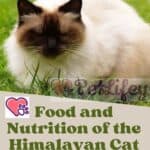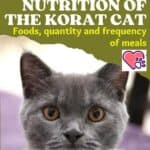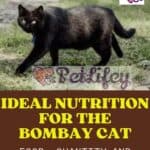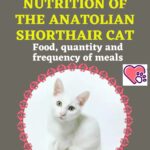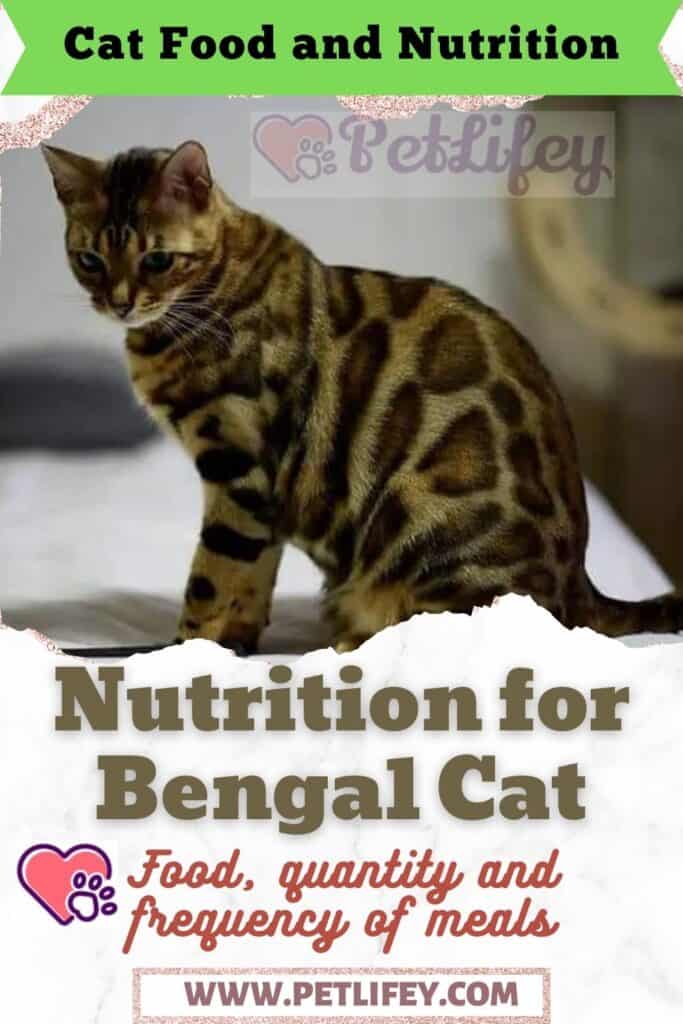
What is the best diet in Bengal? Here is how much and what to feed the specimens of this cat breed with a leopard coat.
The Bengal cat is the result of the cross between a wild feline and a domestic cat. Diet is one of the most important precautions to keep it healthy: let’s discover together all its needs in terms of nutritional requirements, understanding how often to feed it and which are the most suitable portions for feeding Bengal.
Bengal nutrition: doses and frequency of meals
Are you wondering what the ideal amount of food is for your four-legged friend, and how often to feed him? In this paragraph we answer your questions.
From the point of view of the doses, the ideal diet of the Bengal must take into account that it is an extremely active cat.
Therefore, the specimens of this feline breed need a substantial nutritional intake.
As a guideline, this cat should eat a total of 160 grams of fresh meat per day, plus any rations of kibble.
The precise amount of feed, however, must be evaluated on the basis of specific factors such as weight, age, lifestyle and health conditions of the cat.
For this, it is essential to contact the veterinarian, who will be able to formulate a special diet for your four-legged friend.
When to feed the Bengal cat? The advice is to feed the feline twice a day, once in the morning and once in the evening.
What to feed the Bengal cat
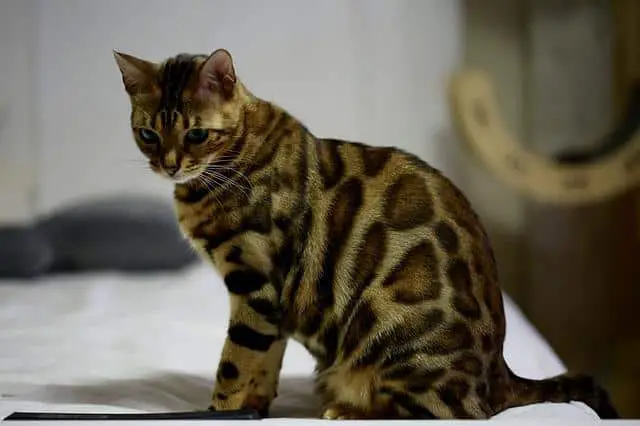
Naturally, for the Bengal’s nutrition to be perfect, it is necessary to give the cat nutritious, balanced and healthy foods.
The leopard cat is an obligate carnivore: for this reason, its diet must be mainly based on the intake of proteins of animal origin. Lean meat is preferred.
The specimens of this breed, in fact, are sensitive to the stomach and need to take easily digestible food.
Among the most suitable foods are: beef, rabbit, chicken, turkey and quail. Excessive intake of carbohydrates such as corn, rice and soy should be avoided.
The ideal diet of Bengal also includes fish, albeit less frequently than meat. Among the most suitable foods are: plaice, sea bass and cod.
Depending on your needs, you can opt for a home diet, in which you will try your hand at preparing meals for your four-legged friend, or an industrial-type diet, based on the administration of feed.
In both cases, the quality and freshness of the food are essential. For this reason, if you decide to use treats and canned wet food, you will need to make sure you read the label carefully, analyzing the nutritional values.
This way, you will make sure you are feeding your cat high-grade food. By doing so, you will avoid dangerous nutritional deficits due to a lack of vitamins and minerals.


